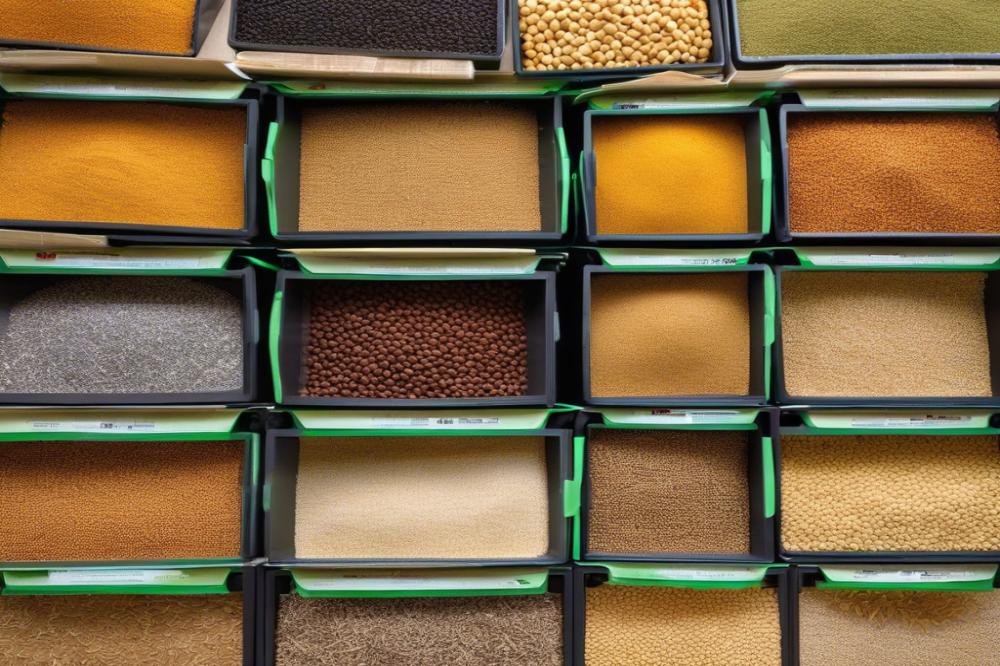Dealing with fungus gnats in potted plants
Pests can be a gardener’s worst nightmare, especially when they invade our beloved indoor gardening spaces. Among these unwelcome visitors, fungus gnats are notorious for their persistence. These small, flying insects seem to appear out of nowhere, drawn to the moist environment that potted plants provide. Addressing their presence is crucial for maintaining a healthy indoor garden.
Controlling these pests is key to ensuring the wellness of your plants. They may not be as obvious as larger pests, but their impact on plant health can be significant. Larvae thrive in damp soil, feeding on plant roots and contributing to issues like root rot. Moreover, overwatering often creates the perfect habitat for these nuisances to breed. As such, it becomes essential to monitor soil moisture closely.
Healthy indoor plants are not just about aesthetics; they enhance our living spaces and improve air quality. Fungus gnats can disrupt this harmony. Utilizing tools like yellow sticky traps can help catch adult flies, preventing further reproduction. Additionally, introducing beneficial insects offers a more natural approach to pest control. Homemade remedies, such as a mixture of water and dish soap, can deter these intruders without harmful chemicals. Taking proactive steps is part of effective plant care, which benefits both your garden and your peace of mind.
Understanding Fungus Gnats
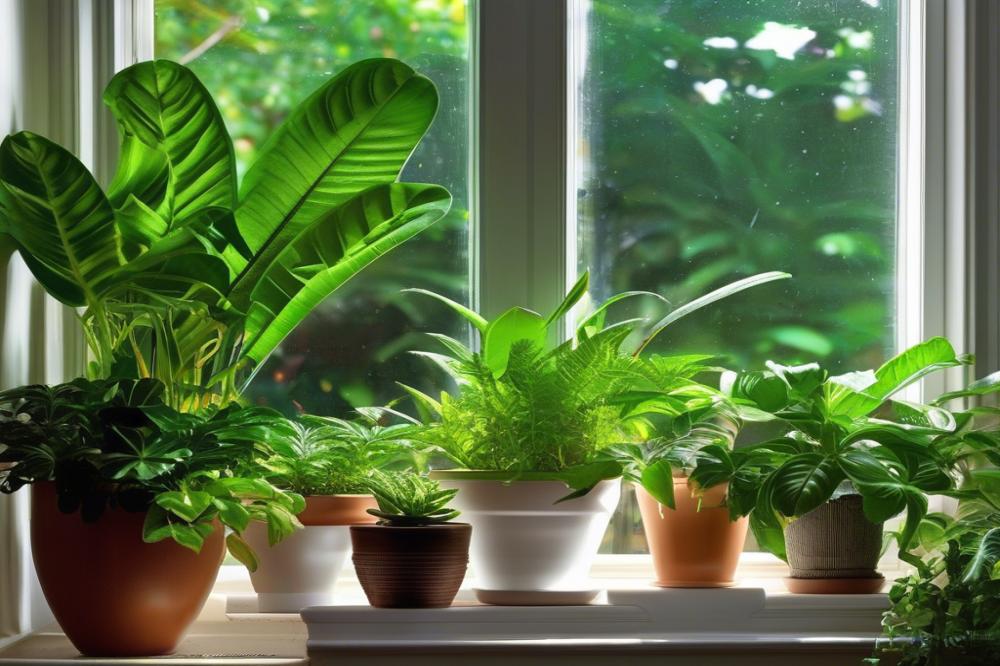

Fungus gnats are tiny, dark flies that often invade indoor gardens. These pests thrive in moist environments, especially where potted plants are located. Their life cycle begins as eggs laid in wet soil. After a few days, larvae emerge. These larvae feed on organic matter and can damage plant roots. In about a week, they turn into adults, ready to reproduce and continue the cycle.
Signs of an infestation can appear quickly. Look for small flies fluttering around soil surfaces. You might notice your plants looking unhealthy, with yellowing leaves. Root damage can also become evident as plants wilt despite proper care. If you notice adult flies, check the soil for larvae. This can be a tell-tale sign of a serious problem.
Overwatering plays a crucial role in the proliferation of these pests. Keeping soil consistently damp creates the perfect breeding ground. Excess moisture not only harms plants but also can attract unwanted visitors. Good plant care involves monitoring soil moisture. Allowing the top layer to dry before watering can help maintain a healthier environment. In addition to proper watering, using yellow sticky traps can help reduce adult populations. Some gardeners resort to homemade remedies like a mix of water and dish soap. Additionally, introducing beneficial insects can provide natural pest control, helping to protect your plants. Preventing issues starts with understanding these factors.
Preventive Measures for Pest Control
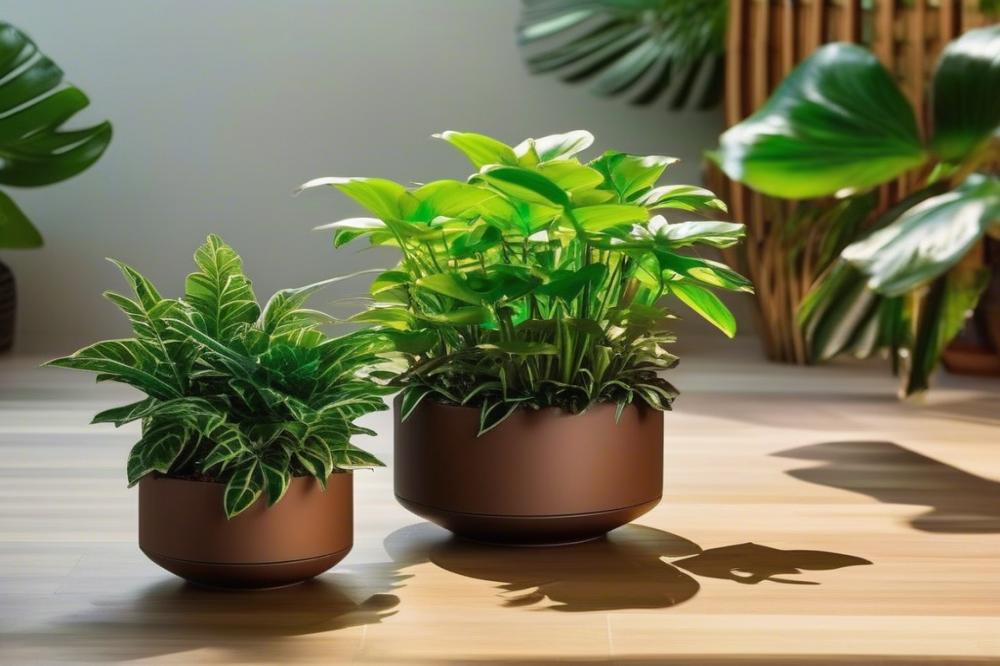

Maintaining soil moisture is a crucial step in preventing pest issues. Keeping the soil damp but not soggy helps create a suitable environment for your plants while discouraging unwanted visitors. Overwatering often leads to standing water, which can attract pests. It’s vital to check the top inch of soil before watering. If it feels dry, it’s a good time to give your plants a drink.
Proper watering techniques are essential for plant care. Watering deeply and less frequently encourages roots to grow down into the soil. This practice not only promotes stronger plants but also allows the top layer of soil to dry out. Fungus gnats thrive in moist environments, so allowing some drying time can deter them. Always be cautious and avoid creating a waterlogged situation.
Choosing the right potting soil can significantly reduce gnat activity. Look for mixes that have good drainage properties. Some potting soils are combined with materials, like perlite or sand, to improve airflow. This unique texture helps prevent excessive moisture from accumulating. Also, consider using soil designed to suppress pests. Many brands offer blends enriched with beneficial insects or organic pest control options.
Yellow sticky traps can be an effective way to monitor and control the gnat population. Place these traps close to your plants. They attract flying insects and can help in catching adults. Along with these traps, homemade remedies like a mixture of vinegar and water can also repel unwanted pests. Regularly inspecting your plants and the surrounding area can catch any issues before they escalate.
indoor gardening can be a rewarding hobby, but it comes with challenges. Keeping an eye on soil conditions is part of being a responsible gardener. Avoiding standing water, ensuring good drainage, and using effective watering practices will go a long way. Following these steps not only protects your plants but also helps maintain overall plant health.
Effective Treatment Options
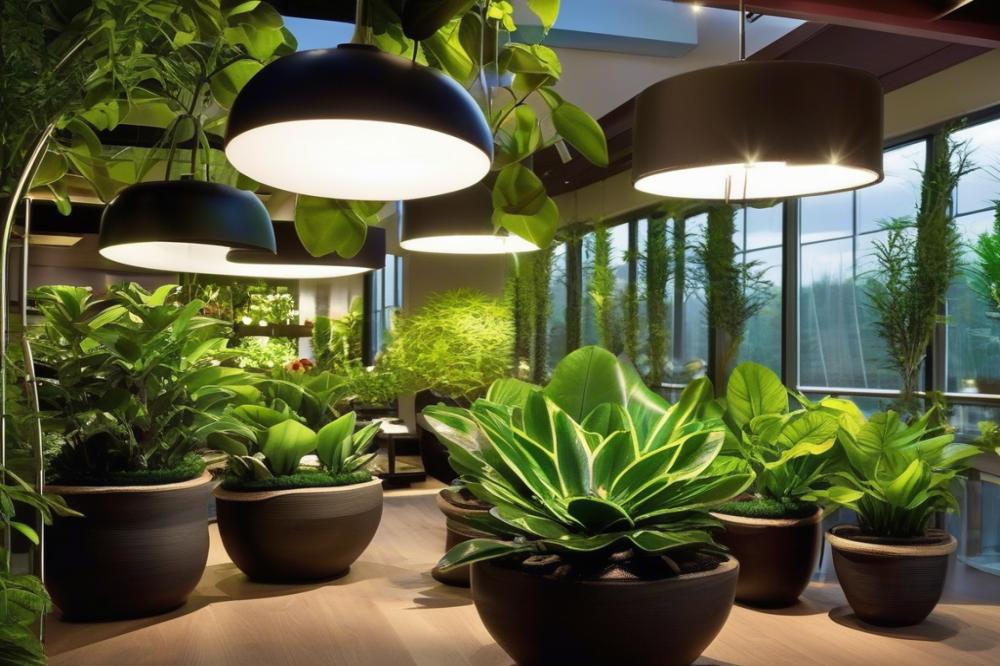

When dealing with these tiny pests, one effective method is to use yellow sticky traps. These bright fly traps can catch adult insects and serve as a monitoring tool. Simply place them near your plants to attract gnats and help assess the extent of the problem. They are easy to find in garden centers and can be an excellent addition to your indoor gardening toolkit.
Beneficial Insects
Introducing beneficial insects is another smart strategy. Certain insects, like predatory mites or nematodes, can prey on the larvae that cause issues. Releasing these natural allies can help control populations over time. This method aligns well with sustainable pest control practices and helps maintain plant health without harsh chemicals.
Homemade Remedies
Homemade remedies also provide options for treatment. Creating a simple mixture of water and dish soap can suffocate larvae in the soil. Another popular choice involves using a mixture of apple cider vinegar and dish soap to attract and trap these gnats. Remember, however, that addressing the root cause, like overwatering, is also vital for effective long-term management.
By adjusting soil moisture levels, you can create an environment less favorable for insect reproduction. Keeping the top inch of soil dry will deter the gnats from laying eggs. Plant care routines that include careful watering practices will greatly reduce infestations. Consider these methods to protect your plants and promote a healthier indoor gardening experience.
Long-term Strategies for Plant Care
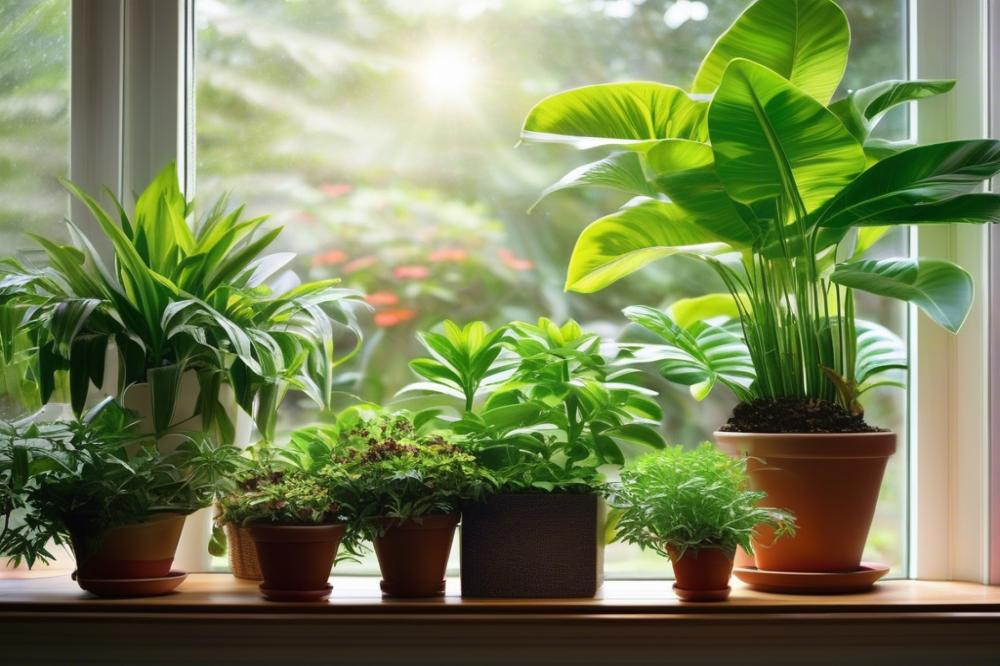

Maintaining healthy soil and proper drainage is essential for your potted plants. Healthy soil supports roots and encourages strong growth. Good drainage prevents water from pooling, which can attract unwanted pests. Be mindful of how much you water your plants. Overwatering can create a damp environment that fungus gnats love. Always check the soil moisture before adding more water. A well-draining mix helps to keep conditions unfavorable for pests.
Rotation of plants and periodic checks help spot problems early. Moving plants to different locations can break pest life cycles. Regular inspections also allow you to notice any signs of infestation quickly, aiding in prompt pest control. Look for adult flies or larvae near the soil surface. A quick flick of a yellow sticky trap can capture flying adults. This simple method can reduce their numbers significantly.
Role of general indoor gardening best practices is crucial in preventing future issues. Keeping your garden space clean minimizes breeding spots for pests. Incorporating beneficial insects can also help manage pest populations naturally. You might want to consider homemade remedies for an eco-friendly approach. Some people use garlic sprays or diluted soap solutions. These methods can deter pests without harming your plants.
Consider using fly traps to monitor and control any pest activity as well. These straightforward tools can help you gauge the effectiveness of your efforts. It’s essential to observe plant health regularly. Healthy plants are often better at overcoming pest pressure. Each of these strategies contributes to a robust indoor gardening routine, reducing the likelihood of a problem in the future.
Final Thoughts on Managing Fungus Gnats
Recapping effective strategies can help in keeping these tiny pests at bay. First, maintaining proper watering habits is crucial. Overwatering creates a perfect environment for these insects to breed. You should allow the top layer of soil to dry out before adding more water. This simple step helps prevent their proliferation.
Using a layer of sand or gravel on the soil surface can also deter their activity. Physical barriers work well, too. Consider introducing beneficial insects that prey on them. These natural predators can bring balance to your indoor gardening ecosystem. Sticky traps can further catch adults and significantly reduce their population.
Regular monitoring plays a vital role in maintaining plant health. Vigilance allows you to catch any signs of trouble before the problem escalates. Observing your plants frequently helps detect both pests and stress signals early on. Moreover, keeping plants healthy through proper nutrition and light conditions reduces the likelihood of infestations.
Embrace a holistic approach to pest control. This means integrating various methods rather than relying on just one. Healthy plants tend to be more resilient against pests. By combining techniques, you’re creating a stronger defense for your indoor garden.
In summary, staying proactive and mindful is key. With attention and care, you can nurture both your plants and your gardening experience. Remember, a well-maintained environment is less prone to issues. Prioritize these strategies, and your potted friends will thrive.


